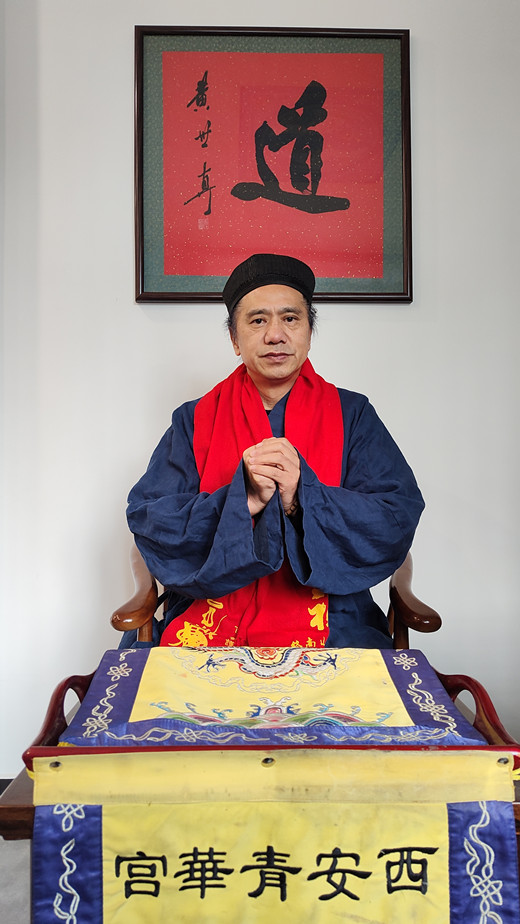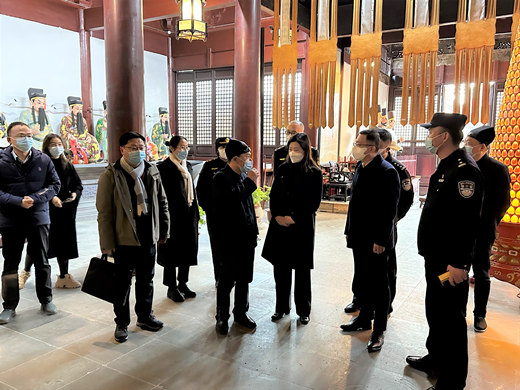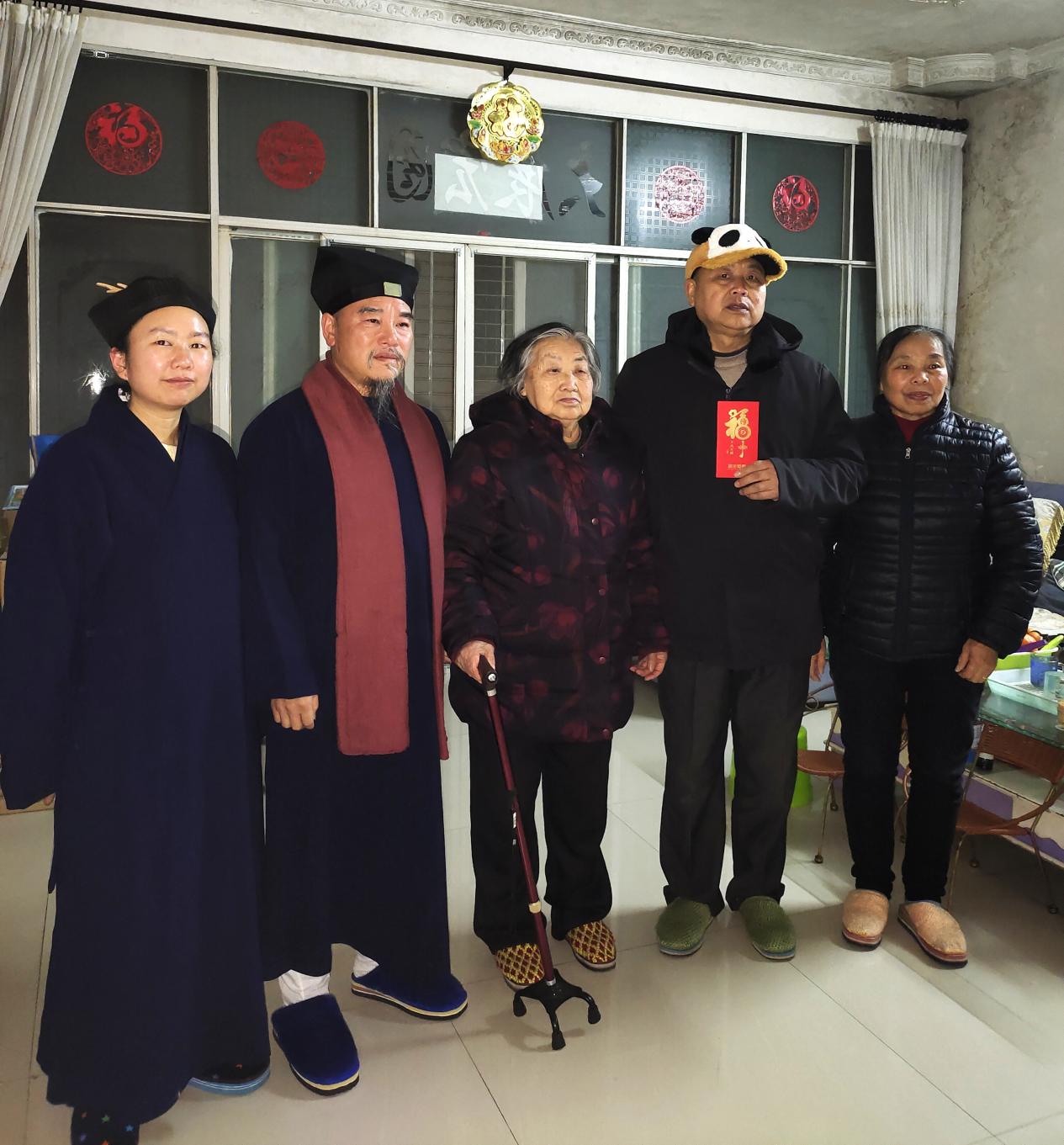New agents and new ethos of Daoism in China today
道教之音 Yang Der-Ruey
2015-10-20
Abstract: This paper attempts to map out the contour of Daoism as a sphere embedded in contemporary Chinese society in a way that is very different from the one informed by the legal/institutional perspective. Based on three case-studies recently conducted in Hebei, Jiangsu, and Sichuan Provinces, the author argues that the rather hierarchical, cybernetic-scheme-like mapping of Daoism that used to be seemingly plausible before the advent of the new millennium is not valid anymore. First of all, there are numero us new types of agents coming in and playing very active roles in this social sphere. The participation of these new types of agents effectively obscured the boundaries between the three categories of agents – the Party/state branches controlling this sphere from the top, the “self-governing organization” of Daoist clergy in the middle, and the mass of clients as the bottom – that cha racterized the older cybernetic-scheme-like depiction and so triggered a s eries of relationship readjustment among them. Moreover, along with the incoming of those new agents, the axis of the configuration of this social sphere and its articulation with the wider Chinese society shows an evident dr ift away from political/ideological control towards economy. Despite the endu rance of the repressive legal and institutional framework, most of the daily practices and discourses that constitute this social sphere are now actually instigated by and organized around the production, marketing, and consumption of “symbolic things” and “things symbolic” with reference to Daoism. Therefore, the author suggests perceiving the contour of Daoism in today’s Chi na as something like a web of neurons, which can well be characterized as an active sector of China’s symbolic economy.
Keywords: Daoism, interpersonal network, symbolic economy, stat e-religion relationship, China
Ever since the Chinese Daoist Association was revived in 1980, it seems to have become a traditional wisdom that the overall situation of Daoism in China can most easily be described as a nested hierarchical sys tem of “self-governing” bodies of officially certified Daoist priests who staff the officially recognized temples affiliating to local Daoist a ssociations. The order and the division of this nested hierarchical system mirrors that of the CCP, just like the “democratic centralism” that dominates the constitution and operation of each “self-governing” body on eve ry level of the hierarchy is also copied from the CCP. Accordingly, the contour of the overall situation of Daoism in Chinese society can be somehow d epicted as having a pyramid-shaped church-like organization situated in the centre, with the similarly pyramid-shaped systems of public authority (the B ureau of Ethnic Minorities and Religious Affairs) and CCP’s relevant branches ( the Bureau of United Front and the Bureau of Propaganda) standing on the top, the lay clients of Daoism constitute the bottom, and the “dispersed dwe lling Daoist priests” ( sanju daoshi, means Daoist priests without permanent temple affiliation) scattering around the margin, almost invisible. For obvious reasons, this legal/institution-centered view has been effectiv ely promoted by the establishment for decades via many publications concerning Daoism. As a result, even some scholars who are very critical about Chi nese government’s constrictive policy towards religions cannot avoid taking the same approach in their depiction of the status quo.
Despite the support from the establishment, the success of the legal/institution-centered view might also be able to be partly explained by its “fidelity” insofar as it reflects the actual distribution of power/capital in Chinese society before the new millennium. Apparently, it is quite true that “dispersed dwelling Daoist priests” was “mar ginal” as they have been and are still active almost exclusively in rural and semi-rural areas and that, before the late 1990s, the clients of urban Daoism largely came from underprivileged population – poor, barely educated, aged women – who could be assigned with the role of silent, static “bottom” from an authoritative point of view. Therefore, despite the well-known facts that Daoism is much more vibrant in rural area and that the subalter n class in contemporary China, whether rural or urban, is anything but sta tic, the biased picture informed by the legal/institution-centered view might s till looks persuasive as it focuses our attention to a very limited number of agencies who possess sufficient political, economic, and symbolic capita l to take any socially significant action, such as the state’s and the CCP’s branches, Daoist associations, temples, and probably a few elite Daoist priests.
However, this paper wants to argue, the simplistic picture pres ented above is now getting further and further away from the reality due to the hasty and overwhelming political, economic, and social change brought about by the economic boom China has experienced during the past two decades. More precisely, the author suggests to appraise the profound transformation of the overall situation of Daoism in Chinese society during the recent years from two crucial aspects – the kinds of agents involving in the social sphere which is called as “Daoism” and the pattern of relationship among these agents. In what follows, this paper will try to illustrate the comprehensive change Daoism as a social sphere has gone through with the ethnographies of t hree interpersonal networks, all of them taking the transmission of Daoism as their main cause, in three different places. By analyzing the ethnogr aphic narrative below, this paper hopes to prove that, firstly, there are many new types of agent coming to involve in Daoism as a social sphere and, secondly, that the pattern of relationship among relevant agents has become to be increasingly cocooned in business instead of administrative terms. Finally, some methodological or theoretical implications of this ethnographic study for further anthropological or sociological studies of Daoism in th e future will be addressed in the conclusion.


 |
|










 京公网安备 11010202006208号
京公网安备 11010202006208号